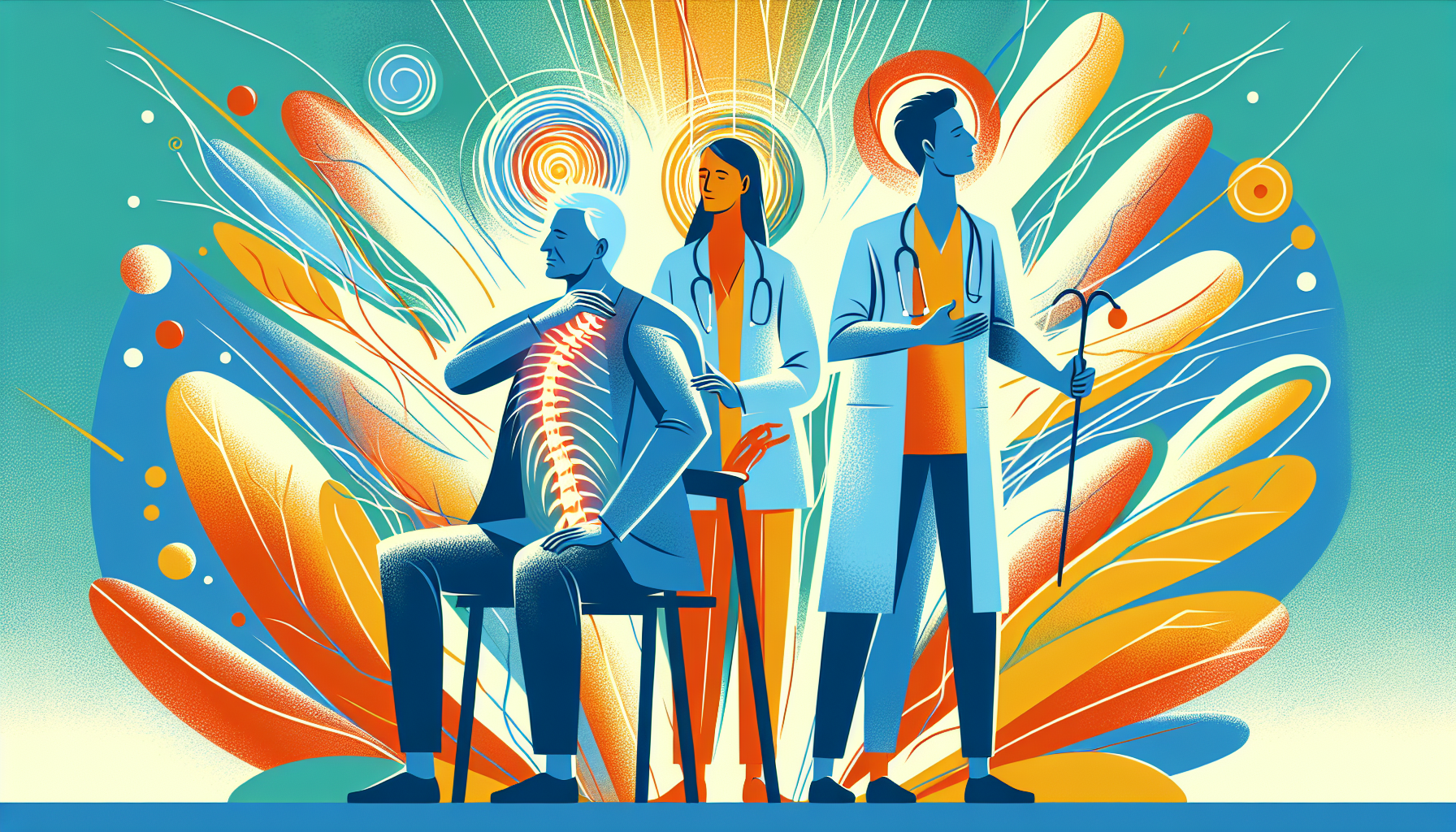Tirzepatide for Sleep Apnea - Can It Help?
Understanding Sleep Apnea and Its ChallengesSleep apnea is a common yet serious sleep disorder characterized by repeated interruptions in breathing during sleep. These pauses [...]
Read More
Medically reviewed by Abhijit Bhattacharyya | MD, PhD, MBA, Tufts University School of Medicine - Miami, Florida on December 13th, 2023.
Spinal stenosis is common condition in adults over 50, a condition in which the open spaces within your spine become narrower, putting pressure on your spinal cord and the nerves around it. This can cause pain, numbness, tingling, and weakness in your legs, arms, or torso. The narrowing can occur in the spinal canal, the spaces between your vertebrae, or where nerves branch out from your spine.
There are two main types of spinal stenosis:
Cervical spinal stenosis: Narrowing of the spinal canal in your neck area
Lumbar spinal stenosis: Narrowing of the spinal canal in your lower back (most common)
The leading cause of spinal stenosis is arthritis, which results from the breakdown of cartilage between your bones. Other causes include:
Herniated discs
Injuries
Tumors
Paget's disease
Thickened ligaments
The main risk factor for spinal stenosis is being over 50 years old. Women and people who have had spinal surgery are at higher risk. In younger adults, spinal stenosis can be caused by congenital conditions or injuries.

Symptoms of spinal stenosis may include:
Stiffness, numbness, and back pain
Pseudo claudication (pain in the calves, buttocks, or thighs with exertion that can mimic PAD - peripheral artery disease) but does not go away with rest
Foot drop (painful leg weakness)
Trouble standing or walking
Loss of bladder or bowel control (in extreme cases)
To diagnose spinal stenosis, your doctor will ask about your medical history, perform a physical exam, and order imaging tests such as:
X-rays
MRI
CT scan
There is no cure for spinal stenosis, but treatment can help manage your symptoms. Options include:
Over-the-counter pain medications (aspirin, ibuprofen)
Prescription medications (antidepressants, corticosteroids, opioids)
Physical therapy
Surgery (laminectomy, laminoplasty, spinal fusion)
Newer treatment options include interspinous spacers, joint replacement surgery, and stem cell therapy. However, more research is needed to determine their effectiveness.
To manage spinal stenosis and prevent complications, it's important to:
Exercise regularly (walking, swimming, stretching)
Maintain a healthy weight
Practice good posture
Avoid activities that worsen symptoms
With proper treatment and lifestyle changes, most people with spinal stenosis can live active lives. If left untreated, however, the condition can progress and cause permanent numbness, weakness, and loss of bladder or bowel control.
For more information on spinal stenosis, consult with your healthcare provider or visit reputable websites such as:
Understanding Sleep Apnea and Its ChallengesSleep apnea is a common yet serious sleep disorder characterized by repeated interruptions in breathing during sleep. These pauses [...]
Read MoreHeart attacks are often perceived as a predominantly male health issue, but the reality is that heart disease is the leading cause of death for women worldwide. Recognizing [...]
Read MoreTelehealth has transformed the way patients access healthcare, offering convenience, speed, and accessibility that traditional in-person visits often cannot match. With the [...]
Read More